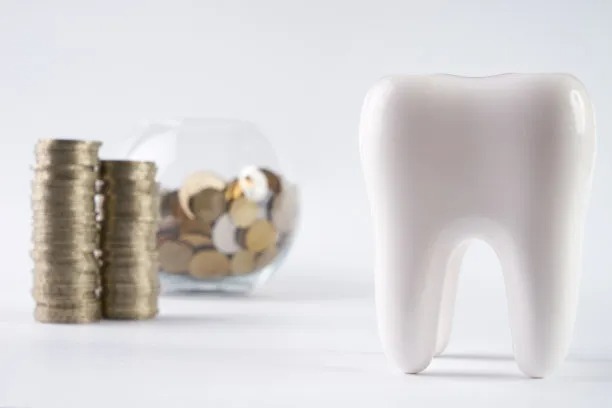Transforming Smiles with Dental Implants A Comprehensive Guide to Understanding the Benefits and Procedures Involved
Summary: Dental implants have revolutionized the field of dentistry by offering a durable and effective solution for tooth loss. This comprehensive guide explores the numerous benefits of dental implants, the specific procedures involved, the ideal candidates for treatment, and post-operative care. With a focus on transforming smiles and restoring self-confidence, this article aims to provide readers with a thorough understanding of what to expect when considering dental implants. From enhancing functionality to improving aesthetics, dental implants present a myriad of advantages that can significantly impact the quality of life for those in need.
1. Understanding the Benefits of Dental Implants

Dental implants provide a permanent solution for missing teeth, offering advantages that traditional dentures and bridges may not. One of the most notable benefits is their durability; implants are designed to last many years with proper care. Unlike dentures, which may shift or require adhesives, dental implants mimic the natural root of a tooth and remain securely anchored in the jawbone, providing a stable base for chewing and speaking.
Another significant benefit is the preservation of jawbone health. When a tooth is lost, the underlying bone can start to deteriorate due to lack of stimulation. Dental implants fuse with the jawbone through a process called osseointegration, which can help maintain bone density and structure, preventing further dental issues.
In addition to functional benefits, dental implants also contribute to aesthetic improvements. They help restore the natural contour of the face and smile, thereby enhancing overall appearance. This improvement in facial aesthetics can boost self-esteem and confidence, making individuals feel more comfortable in social situations.
2. The Dental Implant Procedure Explained
The dental implant procedure typically starts with a comprehensive examination and consultation, during which dentists assess the patients oral health and jawbone condition. Imaging technologies, such as X-rays or CT scans, are often utilized to plan the best approach for the individual. Establishing a clear plan is crucial for ensuring the success of the implant.
Once the preliminary steps are completed, the surgical phase can commence. This involves the placement of the titanium implant into the jawbone, which serves as the new tooth root. After the surgery, a healing abutment is often placed, and the area is allowed to heal, which may take several months. During this healing period, the implant fuses with the bone, establishing a solid foundation for the replacement tooth.
The final step involves attaching a custom-made crown to the implant. This crown is designed to match the color and shape of the surrounding teeth, providing a natural look. The entire process, from consultation to final placement, can take several months, but the results are worth the wait for many patients seeking long-term solutions for tooth loss.
3. Who Are the Ideal Candidates?
While dental implants can benefit many individuals, certain characteristics make some people more suitable candidates than others. Generally, those who are in good overall health and have sufficient jawbone density are ideal candidates. Gum health is also critical, as it provides the necessary support for the implant.
Patients with chronic conditions, such as diabetes or heart disease, may still be eligible for implants. However, such conditions must be well-managed and discussed with the dentist. Age is less of a determinant than health; even older adults can successfully receive dental implants if they meet other criteria.
Individuals who smoke may face additional challenges, as smoking can impede the healing process and affect bone integration. Dentists often recommend quitting smoking before the procedure to enhance the chances of success. Therefore, a thorough evaluation of each patient’s medical history and lifestyle choices is essential in determining candidacy.
4. Post-Operative Care and Maintenance
After receiving dental implants, proper post-operative care is essential for ensuring a successful outcome. Dentists typically provide guidelines on oral hygiene routines, which may include special cleaning techniques to maintain the health of the surrounding gums and teeth. Regular dental check-ups are also imperative for monitoring the health of the implants.
Patients are advised to manage any pain or discomfort with prescribed medications and to follow any dietary recommendations during the healing phase. Soft foods may be preferred initially to minimize stress on the implant area as it heals.
Long-term success largely depends on maintaining good oral hygiene practices, such as brushing, flossing, and using antimicrobial mouth rinses. Additionally, avoiding smoking and excessive alcohol consumption can significantly contribute to the longevity of dental implants.
Summary:
Dental implants offer transformative benefits for those dealing with tooth loss, enabling both functional and aesthetic improvements. By understanding the procedures, candidacy, and post-care involved, individuals can make informed decisions regarding their dental health. This comprehensive guide illustrates the profound impact dental implants can have on ones quality of life.
This article is compiled by Vickong Dental and the content is for reference only



